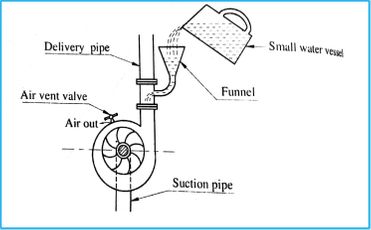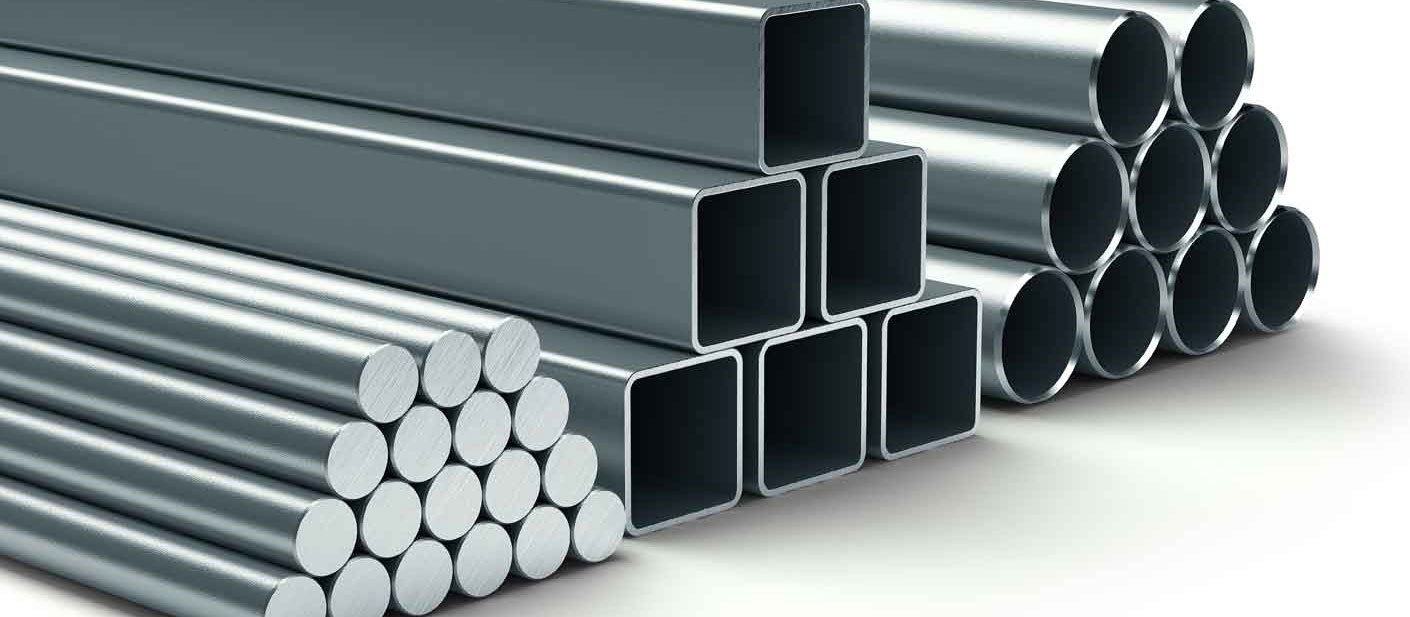Pipe clamps, also known as geoducks (pronounced “gooey-duck”), are a species of large saltwater clam that are native to the Pacific coast of North America. They are the largest burrowing clam in the world and can live for more than 100 years. The name “geoduck” comes from the Nisqually Indian word “gweduck,” which means “dig deep.”
Geoducks which are pipe clams have a long, cylindrical siphon (or “neck”) that can extend up to three feet out of the sand and is used for feeding and breathing. The clam’s body, or “sack,” is hidden underground and can grow up to seven inches in length. Geoducks have a hard, brownish-yellow shell that is rough to the touch and can be up to six inches in diameter.

They are filter feeders, using their siphons to draw in water and filter out plankton and other small organisms for food. They are also known to burrow deep into the sand, which can make them difficult to harvest.
These are considered a delicacy in some countries, particularly in Asia, where they are often served raw or cooked in a variety of dishes. The meat is considered to be sweet and slightly crunchy with a slightly briny flavor.
Geoduck populations are considered to be sustainable, and they are not considered to be endangered. However, overharvesting and habitat destruction can still pose a threat to geoduck populations in some areas.
Types of Pipe Clamps
- Adjustable pipe clamps: These clamps can be adjusted to fit pipes of different sizes and are commonly used for temporary or semi-permanent applications. They typically consist of a screw or lever mechanism that allows for easy adjustment. The screw mechanism allows the user to adjust the clamp to fit a range of pipe sizes, by tightening or loosening the screw to adjust the clamp’s diameter. The lever mechanism allows the user to adjust the clamp by moving a lever to expand or contract the clamp’s diameter. This type of clamps are ideal for situations where the pipe size may change or when the pipes need to be removed frequently.
- Rigid clamps: These clamps are designed for permanent installations and do not offer adjustability. They are typically made from metal materials such as steel or stainless steel. These clamps are used when the pipe size is known and will not change in the future, they’re commonly used in industrial and commercial applications where pipes are installed in a fixed location. They are typically more durable and can withstand higher loads than adjustable clamps.
- Pipe clips: Pipe clips are similar to rigid clamps but are typically smaller and used for securing smaller pipes and tubing. They are typically made of plastic or metal. These clamps are used to secure pipes and tubing in place in a fixed position, they’re commonly used in residential and commercial plumbing applications where pipes and tubing need to be held in place for long periods of time.
- Spring clamps: These clamps are designed to apply tension to a pipe or tubing and are commonly used in low-pressure applications. They are typically made of metal or plastic and have a spring mechanism that provides the tension. The spring mechanism allows the clamp to grip the pipe or tubing more tightly than other types of clamps, which makes them ideal for applications where the pipe or tubing needs to be held in place but may move slightly.
- U-bolt clamps: These clamps encircle the pipe and are secured in place with a bolt. They’re commonly used for heavy-duty applications and made of metal. The U-shape of the clamp allows it to encircle the pipe and the bolt is used to secure the clamp in place. These clamps are typically used in industrial and commercial applications where pipes are exposed to high loads or vibration.
- Saddle clamps: These clamps are designed to be mounted on a pipe and support other pipes or tubing. They’re made of metal and have a saddle shape to support the pipe. They’re commonly used in industrial and commercial applications where pipes need to be supported but cannot be attached directly to a structure.
- Cushioned clamps: These clamps have a rubber or plastic cushioning to prevent damage to the pipe. They’re commonly used in vibration-prone applications. The cushioning on these clamps helps to absorb vibrations and protect the pipe from damage.
- Insulation clamps: These clamps are designed to hold insulation materials in place. They’re typically made of plastic and have a locking mechanism to secure the insulation. They’re commonly used in industrial and commercial applications where pipes need to be insulated for temperature control or sound dampening.
It’s worth noting that all these clamps have different specific uses and applications, and it’s important to choose the right one for the job at hand.

Pipe Clamps Material
Pipe clamps can be made from a variety of materials, each with its own benefits and characteristics. Some of the most common materials used to make pipe clamps include:

- Steel: Steel is a strong and durable material that is commonly used for heavy-duty pipe clamps. It is resistant to corrosion and can withstand high loads and pressures. Steel clamps are also commonly coated with a protective finish to prevent rust and corrosion.
- Stainless Steel: Stainless steel is similar to steel but it’s more resistant to corrosion and rust, it’s also more expensive than regular steel. Stainless steel pipe clamps are often used in applications where the clamps will be exposed to high levels of moisture or harsh chemicals.
- Aluminium: Aluminium is a lightweight and corrosion-resistant material that is commonly used for pipe clamps in automotive, marine, and aerospace applications. It is also commonly used in applications where weight is a concern, such as with overhead piping.
- Plastic: Plastic pipe clamps are commonly used in low-pressure applications; they’re also commonly used in residential and commercial plumbing applications. Plastic clamps are lightweight and easy to install, but they are not as strong as metal clamps and are not suitable for high-pressure applications.
- Brass: Brass is a corrosion-resistant alloy of copper and zinc, it’s commonly used for pipe clamps that will be exposed to water or other liquids. Brass clamps are also more expensive than other materials.
- Rubber: Rubber pipe clamps are often used in applications where vibration is a concern. The rubber cushioning on these clamps helps to absorb vibrations and protect the pipe from damage.
It is worth noting that some pipe clamps can be made of a combination of different materials, for example, steel pipe clamps with a rubber cushion or plastic clamps with steel screws.
Selecting Pipe Clamps
When selecting a pipe clamp, there are several factors to consider in order to ensure that you choose the right one for your specific application. These factors include:
- Pipe size and material: The first thing to consider is the size and material of the pipe that you will be securing with the clamp. Pipe clamps come in different sizes and materials, and you will need to choose one that is compatible with your pipe.
- Application and environment: Consider the application and environment where the clamp will be used. Will the clamp be exposed to high temperatures, chemicals, or vibration? These factors will influence the type of clamp and material that you choose.
- Pressure and load: Consider the pressure and load that the clamp will be subjected to. Will the clamp be used in a high-pressure system, or will it only be used to hold the pipe in place? This will determine the strength and durability that you need in a clamp.
- Installation: Consider how the clamp will be installed. Will it be installed by a professional or will it be a DIY project? This will determine the ease of installation and the tools required.
- Budget: Consider the cost of the clamp and compare it to the cost of other options. Keep in mind that while a cheaper option may seem like a better choice, it may not be as durable or long-lasting as a more expensive option.
- Brand and Reputation: Consider the brand and reputation of the manufacturer, look for brands that have a good reputation for producing high-quality and durable clamps.
By considering these factors, you can ensure that you choose the right pipe clamp for your specific application and that it will provide the necessary support and stability for your pipes.

Application of Piping Clamps
Pipe clamps are used in a variety of applications, some of the most common include:
- Plumbing: Pipe clamps are commonly used in residential and commercial plumbing applications to secure pipes and tubing in place. They are used to hold pipes and tubing in place for long periods of time and are typically made of plastic or metal.
- HVAC: Pipe clamps are commonly used in heating, ventilation, and air conditioning (HVAC) systems to secure pipes and tubing in place. These clamps are typically made of metal and are designed to withstand high temperatures and pressures.
- Industrial: Pipe clamps are commonly used in industrial applications to secure pipes and tubing in place. They are used in a variety of industries including oil and gas, petrochemical, and manufacturing. These clamps are typically made of metal and are designed to withstand heavy loads and high pressures.
- Automotive: Pipe clamps are commonly used in automotive applications to secure pipes and tubing in place. They are used to hold pipes and tubing in place in automobiles, trucks, and other vehicles. These clamps are typically made of aluminium and are designed to withstand high temperatures and pressures.
- Marine: Pipe clamps are commonly used in marine applications to secure pipes and tubing in place. They are used to hold pipes and tubing in place on boats, ships, and other marine vessels. These clamps are typically made of aluminium or stainless steel and are designed to withstand exposure to saltwater and other harsh marine environments.
- Insulation: Pipe clamps are also used to hold insulation materials in place, they’re typically made of plastic and have a locking mechanism to secure the insulation, this type of clamps is commonly used in industrial and commercial applications where pipes need to be insulated for temperature control or sound dampening.
- Medical and laboratory: Pipe clamps are also commonly used in medical and laboratory applications to secure pipes and tubing in place, they’re typically made of stainless steel and are designed to withstand exposure to chemicals and cleaning agents.

These are just a few examples of the many different applications of pipe clamps. They can be used in almost any industry or field where pipes or tubing need to be secured in place.
.




